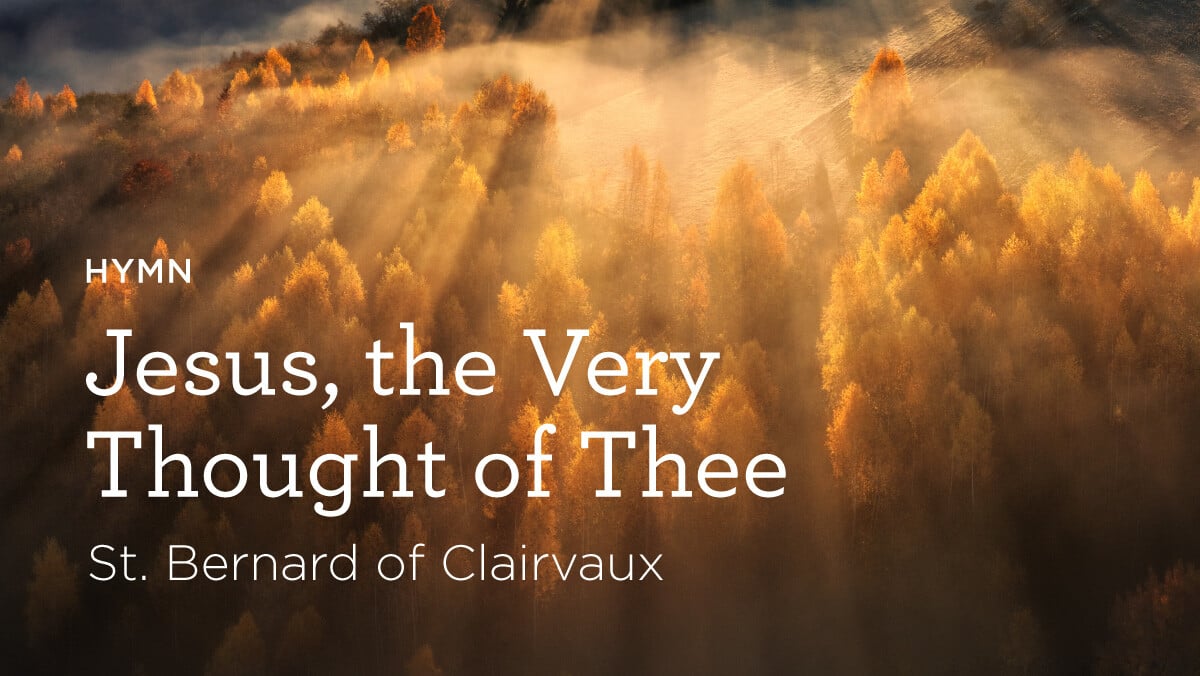This homeland of the first humans Adam and Eve-may have been paradise for them, but it’s torment for Bible experts. Scholars can’t figure out where it was or even what it was. At times, the creation story in Genesis says Eden was a garden. Other times, Eden was a region that had a garden: “God planted a garden in Eden” (Gen 2:8). Perhaps it was both-the name of the garden and the territory, the way “Babylon” once described an empire and its Captial city.
Eden’s garden was a lush and fertile land fed by an unnamed river that nourished fruit trees, animals, and the first couple-until the couple ate forbidden fruit. Then God banished them to east of Eden.
LOOKING FOR EDEN
Eden hunters have two main clues.
- God planted the garden “in Eden, in the east” (Gen 2:8). But east of what? East of Israel? The east side of Eden?
- The garden’s unnamed river branched into four more: Tigris, Euphrates, Pishon, and Gihon. Only the first two are known today. They course through Iraq and drain into the Persian Gulf.
Eden hunters can choose from many theories about where to find humanity’s first home. Here are two.
Eden underwater. One theory says Eden lies flooded beneath the Persian Gulf, which was once the garden river. That was before floods filled the river valley and linked with the Arabian Sea. Ancient Persian Gulf lore tells of a lost island where people never died.
The lost river of Gihon that ran through “Cush” is the Karun River of Iran. Nimord, a descendant of Noah’s son Cush, settled in western Iran. The lost river of Pishon is the dry riverbed called the Kuwait River. Both rivers join the other two and empty into the gulf. That’s the trouble. The Bible has the current running the other way-
the garden river that is now the Persian Gulf flowed into the other rivers. Some wonder if the writer reversed the current in the story as a symbolic way of saying Eden is gone forever and impossible to find.
Eden in the hills. Another theory starts at eh source of the Tigris and Euphrates, in the mountains of Ararat where Noah’s ark ran aground. Here, seven hundred miles north of the Persian Gulf in northern Iran, is a highland plain described in a five-thousand-year-old Sumerian story as “Eden,” the Sumerian word for flatland.
The lost Gihon is the similar-sounding Giahum. That’s what Arab geographers called it in the AD 600s. Today it’s Aras. A Cush connection? Rising high above the river is Kusheh Degh-the “Mountains of Kush.” The lost Pishon is a river formerly called Uizhun, before the “P” was switched to “U” to accommodate the Iranian alphabet. It’s now called Kezel Uzun. Eden’s main river was a mountain stream.
On the east side of this Iranian plain was a village settled by a tribe of fierce warriors, the Kheru. Some scholars say this may be a version of keruvim, the Hebrew word for cherubim.
The Bible says that after God banished Adam and Eve, he stationed a sword-carrying cherubim east of the garden.
The Garden of Eden, says this theory, was probably on the site of what is now an industrial city on the plain’s east side: Tabriz. If so, paradise is lost-buried beneath urban sprawl.

 2 weeks ago
12
2 weeks ago
12











 English (US) ·
English (US) ·